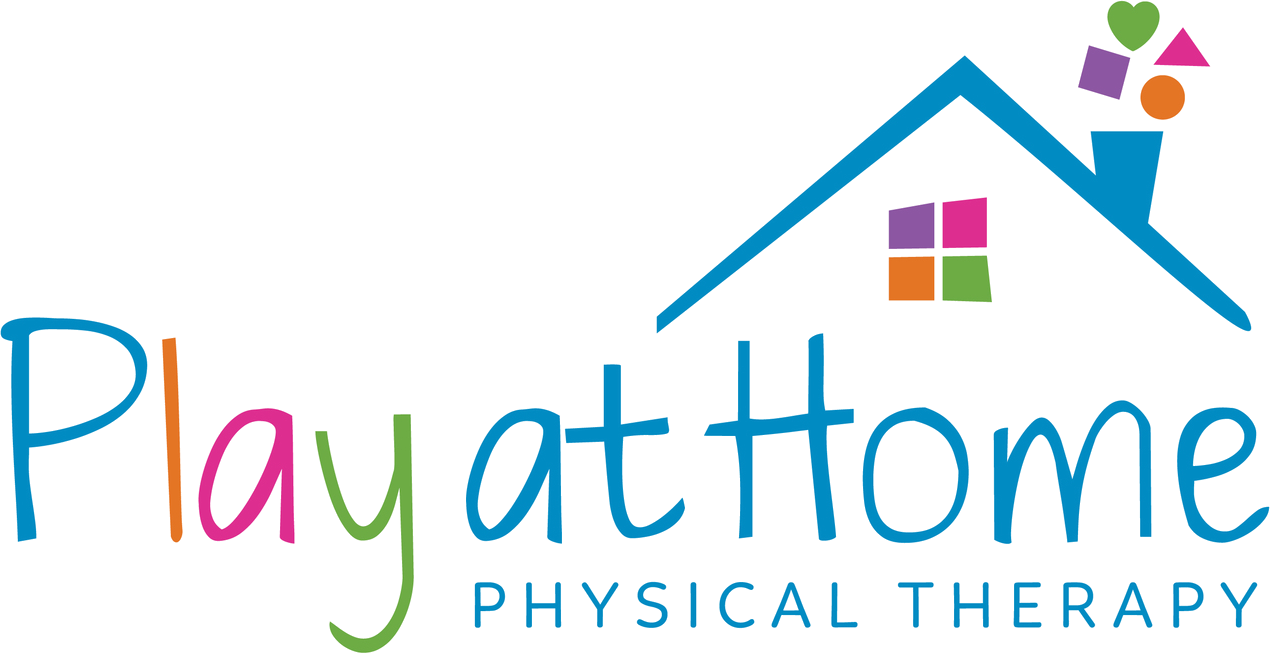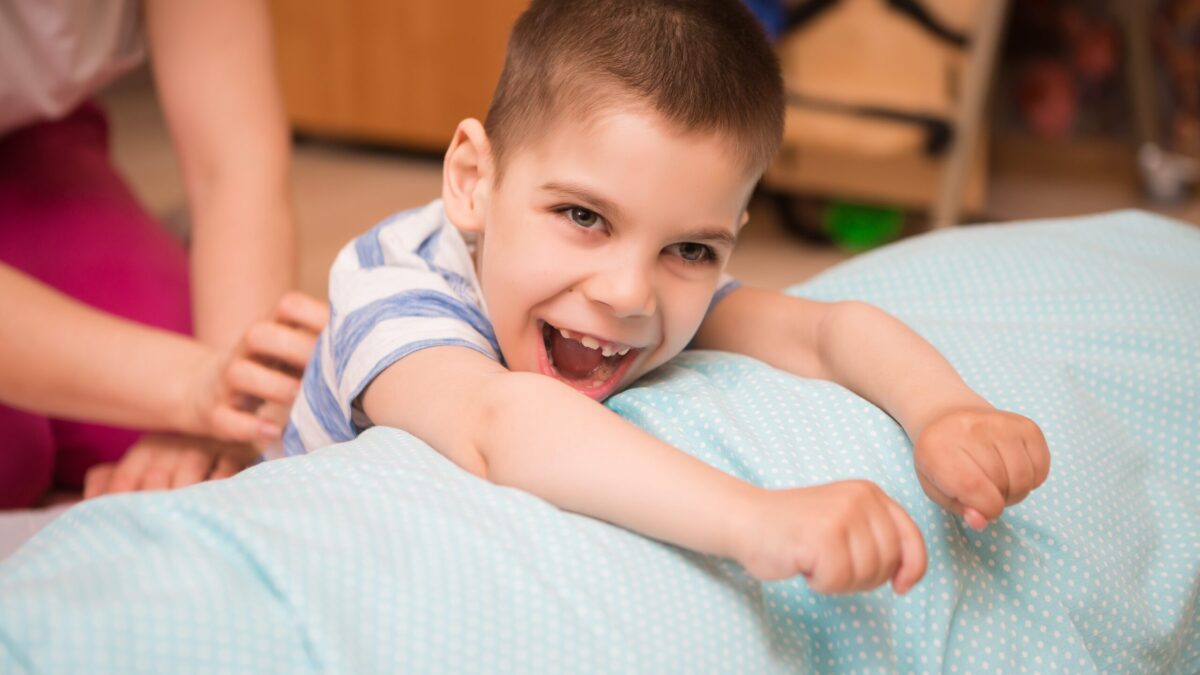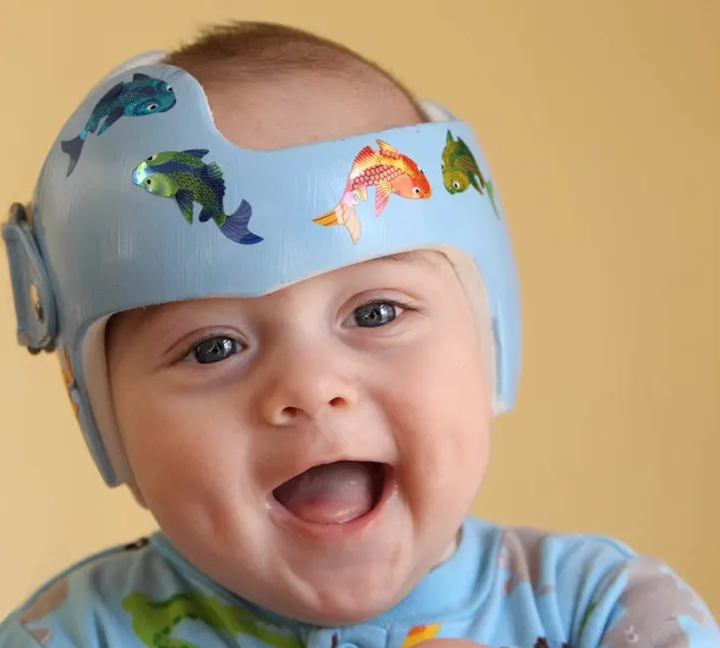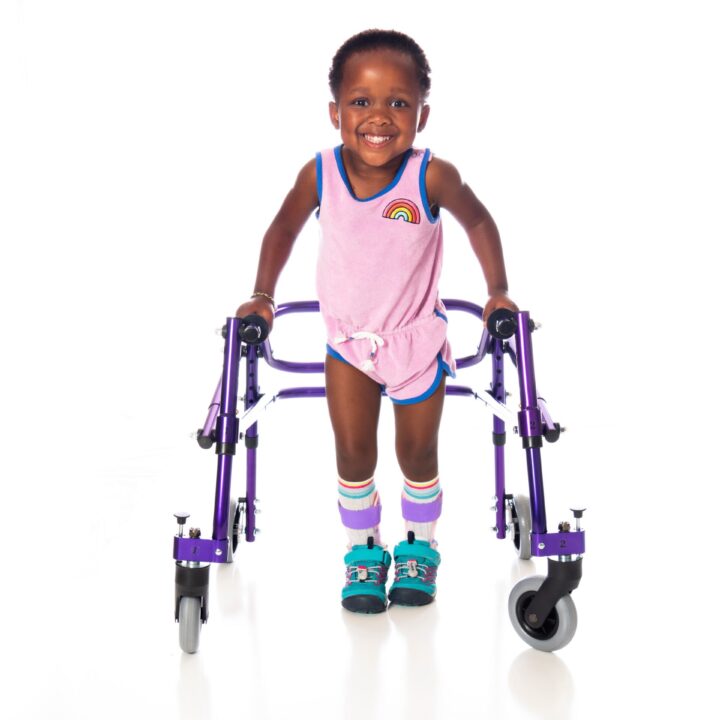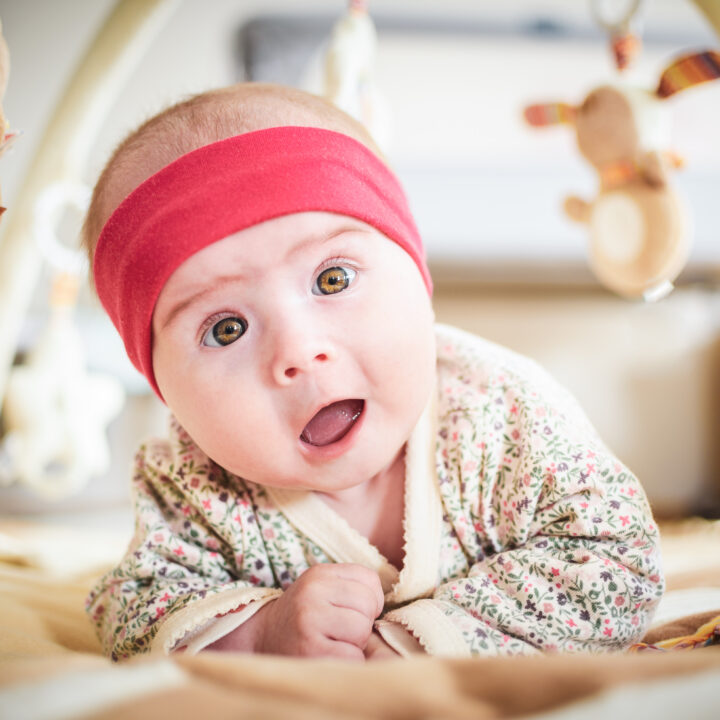
Understanding Torticollis: Causes, Symptoms, and Treatment Options
September 14, 2023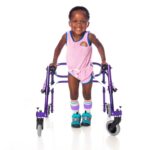
Durable Medical Equipment Options for Children with Cerebral Palsy
November 13, 2023Cerebral Palsy presents in many different ways in children, which can impact their movement and coordination. Fortunately, physical and occupational therapy can offer significant benefits, facilitating improved mobility and enhancing the child's overall quality of life.
Physical Therapy
Physical therapy focuses on improving motor skills, strength, balance, and movement. It can help children with Cerebral Palsy to develop the physical attributes necessary for successful daily functioning. A study published in the American Journal of Physical Medicine and Rehabilitation indicated that physical therapy could improve muscle symmetry and walking ability in children with Cerebral Palsy[1]. Additionally, physical therapy can also improve posture, flexibility, and coordination. It helps children develop gross motor skills like walking, running, and jumping.
Key Benefits of Physical Therapy for Children with Cerebral Palsy
-
Improved muscle strength and tone
-
Enhanced mobility and motor skills
-
Better balance and coordination
-
Reduced risk of joint contractures (permanent shortening)
Specific Techniques Used in Physical Therapy
- Functional Strength Training: Focusing on improving the body's ability to perform everyday tasks, functional strength training uses exercises to mimic common movements one might do at home, work, or during recreational activities. This form of training can be especially beneficial for children with Cerebral Palsy, helping them gain more independence.
- Caregiver Training: Caregivers play a significant role in the physical therapy process. They require training to understand the specific needs of a child with Cerebral Palsy, including correct techniques for handling and transferring the child, and how to assist with exercises at home.
- Transfer Training: This involves teaching children and caregivers safe and proper techniques to move the child from one position or place to another, such as from a wheelchair to a bed. It's vital for ensuring that children with Cerebral Palsy can navigate their environment with minimum risk of injury.
- Equipment Training: Children with Cerebral Palsy often require assistive devices for mobility and daily activities. Equipment training involves teaching the child and their caregivers how to use these devices effectively and safely, such as wheelchairs, braces, or walkers.
- Balance Training: This technique focuses on improving balance and coordination through various activities that challenge the child's equilibrium.
- Gait Training: Gait training involves teaching children how to walk, with or without the support for assistive devices
Occupational Therapy
Occupational therapy concentrates on improving the skills required for daily living and independence. It can help children perform better in school and at home, enhancing their abilities to dress, eat, and engage in play activities. Research published in the journal Occupational Therapy International demonstrated that occupational therapy interventions improved functional abilities and decreased caregiver assistance in children with Cerebral Palsy[2]. Additionally, occupational therapy can also help children with Cerebral Palsy develop fine motor skills like writing and drawing.
Key Benefits of Occupational Therapy for Children with Cerebral Palsy
- Improved functional abilities
- Increased independence in daily tasks
- Better performance in school
- Enhanced fine motor skills
Specific Techniques Used in Occupational Therapy
- Self-care Training and Activities of Daily Living: Children with Cerebral Palsy may struggle with basic self-care tasks, such as dressing and grooming. Occupational therapists can provide strategies and accommodations to help improve their independence in these areas.
- Fine Motor Skill Development: This includes activities that focus on improving hand-eye coordination, finger dexterity, and grasp strength. These skills are essential for tasks such as holding a pencil, cutting with scissors, and tying shoelaces.
- Sensory Integration Therapy: Children with Cerebral Palsy often struggle with sensory processing issues that can impact their daily activities. Sensory integration therapy aims to help the child better process and respond to different sensory stimuli.
- Assistive Technology: In some cases, children with Cerebral Palsy may require assistive technology to aid in their daily tasks. Occupational therapists can assess the child's needs and recommend appropriate tools or equipment such as adaptive utensils, writing aids, or specialized
- Visual Motor Training: Visual motor skills involve coordinating vision and hand movements. Children with Cerebral Palsy may have difficulty with these skills, so occupational therapists use activities
- Feeding Therapy: Children with Cerebral Palsy may face challenges when eating due to poor oral motor control. Feeding therapy can help enhance their chewing and swallowing skills, and adapt to various food textures, thus promoting safe and efficient eating and drinking.
Both physical and occupational therapy play vital roles in managing the symptoms of Cerebral Palsy in children. Through these therapies, children can overcome their physical limitations and live independent, fulfilling lives.
Sources
[1]: Anttila H, Autti-Rämö I, Suoranta J, Mäkelä M, Malmivaara A. Effectiveness of physical therapy interventions for children with cerebral palsy: a systematic review. Am J Phys Med Rehabil. 2008;87(5):393-401.
[2]: Chien CW, Rodger S, Copley J, McLaren C. Measures of participation outcomes related to hand use for 2- to 12-year-old children with disabilities: a systematic review. Occup Ther Int. 2013;20(3):104-124.
